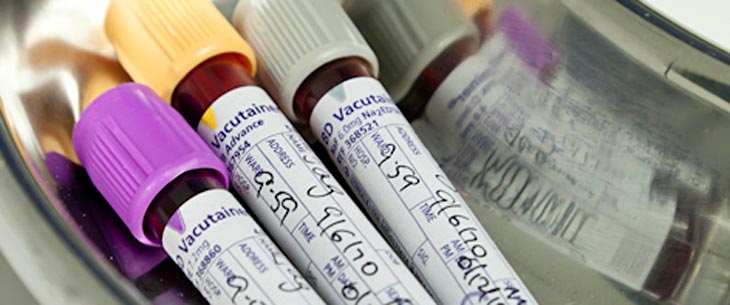Combining Medical Diagnostics and Pathology with Datasets
The term 'diagnostics' applies equally to the medical as well as the technology settings, however, the two settings are now being merged with the application of mHealth.
Traditional pathology testing on blood, urine, swabs, tissues and other samples is carried out by highly skilled medical laboratory technicians, scientists and pathologists in big hospital pathology laboratories. 
The normal process for getting blood test results is to get a request from your doctor, visit a phlebotomist who will take the sample(s), complete forms, package and then courier the sample to the path lab. The path lab run the required tests on their big analysers, the results are checked and compared to 'normal ranges' and the report is then sent back to your doctor to await your next appointment.
It would appear that the whole diagnostic method is about to change.
A Path Lab on your Wrist
The BBC have recently reported that Google is moving into this market. With the acquisition of diagnostic companies that specialise in the latest micro-analysers and nanotechnology Google aim to combine technologies with the ability to diagnose pathologies such as infections, cancers, heart disease and strokes via a wrist device.
The Google device would combine a swallowed pill and a wrist-worn sensor in order to measure changes in blood biochemistry and detect other potential markers such as HIV and tumour markers. The point being that for many diseases early detection and subsequent diagnosis is important.
A team at the Institute of Cancer Research in London headed by Prof Paul Workman is investigating cancer cell markers and cancer DNA in the blood for new ways of diagnosis and planning personalised treatment options. Prof Workman told the BBC : "There is an urgent need for this. If we can detect cancer or other diseases earlier, then we can intervene with either lifestyle changes or treatment.
The scheme is being made public because Google is now seeking to establish partnerships.Dr Conrad from Google says,"These are not consumer devices. They are prescriptive medical devices, and you know that doctor-patient relationships are pretty privileged and would not involve Google in any way."










